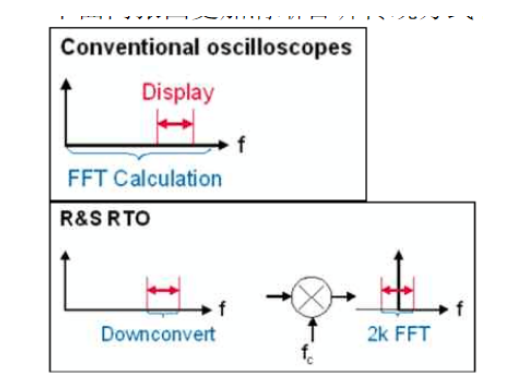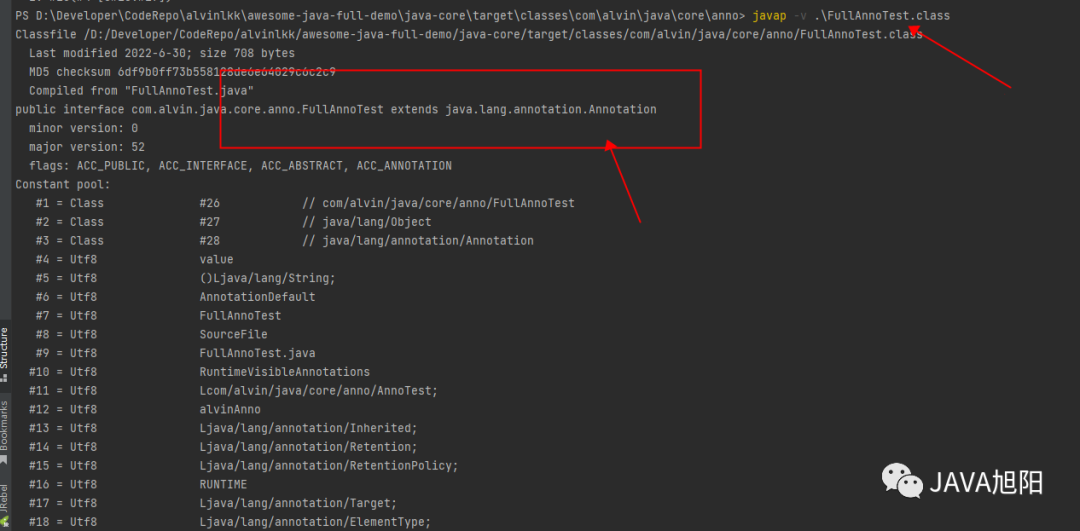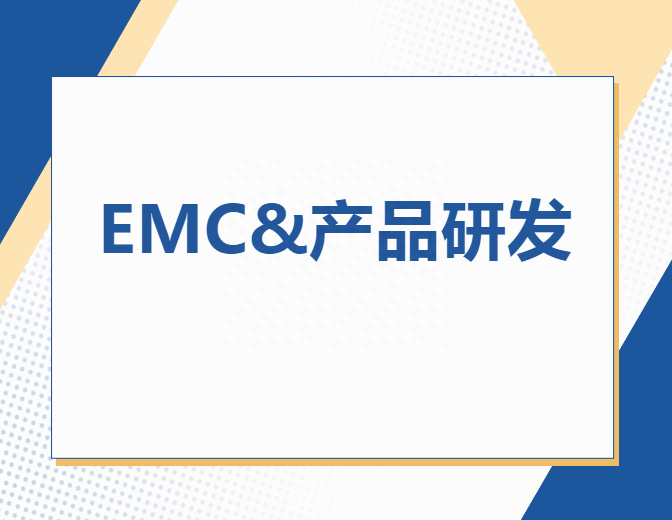概述
注解想必大家在项目中经常使用,比如Spring框架中常用的一些注解:@Controller、@Service、@RequestMapping等等,它是JDK1.5及以后版本引入的一个特性。它可以声明在包、类、字段、方法、局部变量、方法参数等的前面,用来对这些元素进行说明,注释。那么你知道JDK什么是元注解吗?注解有哪些分类吗?以及注解在Java中最本质究竟是什么东西,是如何实现的呢?
注解的分类
根据注解的使用场景,主要分为三类,元注解、内置注解和自定义注解。
元注解
用于定义注解的注解,通常用于注解的定义上,标明该注解的使用范围、生效范围等。简而言之,元注解是用来修饰注解的。
@Retention
指定注解信息保留到哪个阶段,分别为源代码阶段、编译Class阶段、运行阶段。
@Documented
@Retention(RetentionPolicy.RUNTIME)
@Target(ElementType.ANNOTATION_TYPE)
public @interface Retention {
/**
* Returns the retention policy.
* @return the retention policy
*/
RetentionPolicy value();
}
- SOURCE: 保留在源代码java中,被编译器丢弃,也就是说在class文件中不包含注解信息,通常用来标记源码,引起大家的注意,比如自定义一个注解例如@ThreadSafe,用来标识一个类时线程安全的。
- CLASS: 编译后的class文件中包含注解信息,但是会被jvm丢弃
- RUNTIME: 注解信息在运行期(JVM)保留(.class也有),可以通过反射机制读取注解的信息
@Target
指定注解的使用范围,如类、方法、属性、局部属性、参数等, 可以多选。
@Documented
@Retention(RetentionPolicy.RUNTIME)
@Target(ElementType.ANNOTATION_TYPE)
public @interface Target {
/**
* Returns an array of the kinds of elements an annotation type
* can be applied to.
* @return an array of the kinds of elements an annotation type
* can be applied to
*/
ElementType[] value();
}
具体可选的枚举如下:
public enum ElementType {
/** 适用范围:类、接口、注解类型,枚举类型enum */
TYPE,
/** 作用于类属性 (includes enum constants) */
FIELD,
/** 作用于方法 */
METHOD,
/** 作用于参数声明 */
PARAMETER,
/** 作用于构造函数声明 */
CONSTRUCTOR,
/** 作用于局部变量声明 */
LOCAL_VARIABLE,
/** 作用于注解声明 */
ANNOTATION_TYPE,
/** 作用于包声明 */
PACKAGE,
/** 作用于类型参数(泛型参数)声明 */
TYPE_PARAMETER,
/** 作用于使用类型的任意语句(不包括class) */
TYPE_USE
}
@Inherited
加上该注解的注解,表示可以被标注的类子类继承,比如A上标记了带有@Inherited的注解,那么类B继承了A, 那么B也会有这个注解,默认情况下注解是不支持继承的。
@Documented
@Retention(RetentionPolicy.RUNTIME)
@Target(ElementType.ANNOTATION_TYPE)
public @interface Inherited {
}
@Document
将此注解包含在 javadoc 中 ,它代表着此注解会被javadoc工具提取成文档。
@Documented
@Retention(RetentionPolicy.RUNTIME)
@Target(ElementType.ANNOTATION_TYPE)
public @interface Documented {
}
@Repeatable
1.8中加入的元注解,用来标记是否可以重复标记。
@Documented
@Retention(RetentionPolicy.RUNTIME)
@Target(ElementType.ANNOTATION_TYPE)
public @interface Repeatable {
/**
* Indicates the containing annotation type for the
* repeatable annotation type.
* @return the containing annotation type
*/
Class? extends Annotation value();
}
内置注解
java提供了一些内置注解,可以配合编译器来检查代码的正确性, 我们可以关注他们的元注解。
@Override
标记当前方法是覆写父类的方法。
@Target(ElementType.METHOD)
@Retention(RetentionPolicy.SOURCE)
public @interface Override {
}
@Deprecated
标记一个元素为已过期,不要在使用了
@Documented
@Retention(RetentionPolicy.RUNTIME)
@Target(value={CONSTRUCTOR, FIELD, LOCAL_VARIABLE, METHOD, PACKAGE, PARAMETER, TYPE})
public @interface Deprecated {
}
@SuppressWarnings
用来关闭编译器输出的警告信息
@Target({TYPE, FIELD, METHOD, PARAMETER, CONSTRUCTOR, LOCAL_VARIABLE})
@Retention(RetentionPolicy.SOURCE)
public @interface SuppressWarnings {
String[] value();
}
@FunctionalInterface
java8中引入,标记是一个函数式接口,也就是说有且只有一个抽象方法的接口
@Documented
@Retention(RetentionPolicy.RUNTIME)
@Target(ElementType.TYPE)
public @interface FunctionalInterface {}
自定义注解
注解遵循的格式一般如下:
//元注解部分 xxxx
@Retention(xxxx)
@Target(xxxx)
public @interface 注解名 {
返回值 属性名() 默认值;
返回值 属性名() 默认值;
}
- 返回值支持的类型如下:java的8种基础类型(不支持包装类型)、String、Class、Enum、Annotation、以及上面类型的数组。
- 默认值可选,非必有。
举个项目中自定义的栗子:
@Target({ElementType.METHOD})
@Retention(RetentionPolicy.RUNTIME)
@Documented
@Inherited
public @interface DataAuthorize {
/**
* 资产ID
* @return
*/
String assetId();
/**
* 资产类型
* @return
*/
String assetType();
/**
* 权限代码
* @return
*/
String authCode() default "";
/**
* 使用的类型
* @return
*/
Class[] useType();
}
-
JAVA
+关注
关注
19文章
2964浏览量
104686 -
JDK
+关注
关注
0文章
81浏览量
16592 -
spring框架
+关注
关注
0文章
7浏览量
2047
发布评论请先 登录
相关推荐
示波器上频谱分析功能做到极致,怎么做到的?

Java中注解的作用

如何通过注解来优化我们的Java代码
详细介绍了Java泛型、注解、并发编程
HarmonyOS注解的使用方法分享
分析java注解基本概念
Spring Boot常用注解与使用方式
JAVA中注解是怎么做到的(下)





 JAVA中注解是怎么做到的(上)
JAVA中注解是怎么做到的(上)











评论